Knowing Your Birthday Color Can Be Just As Important As Your Zodiac Sign
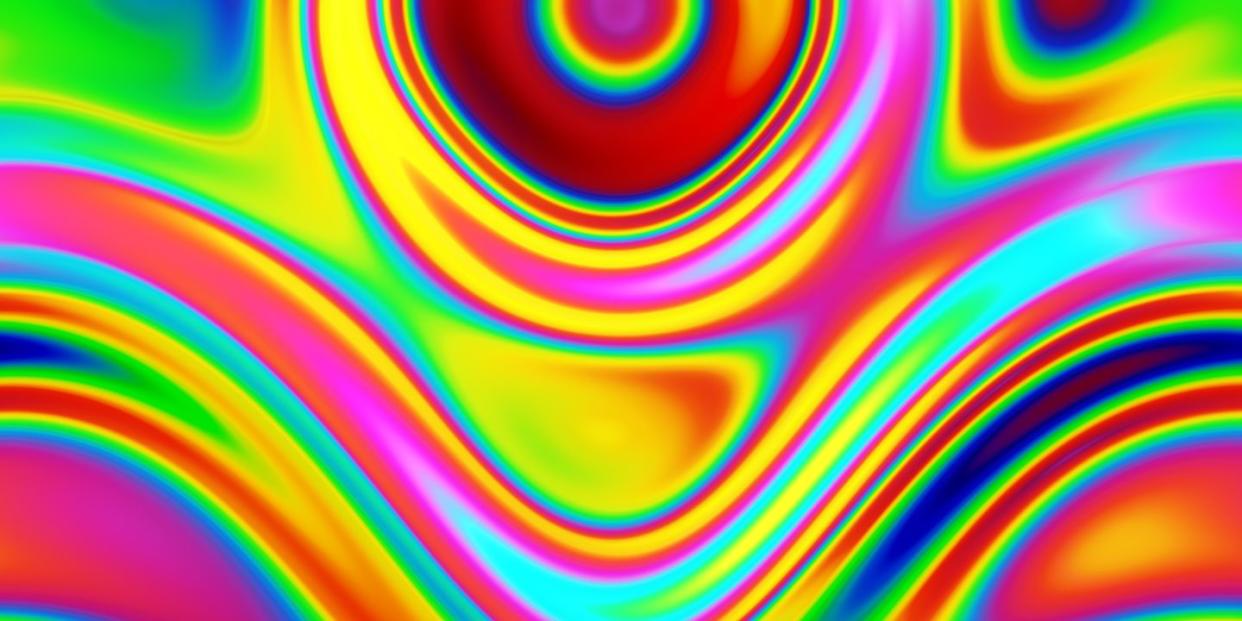
Move over, astrology. There’s a new way to learn about your personality—and it uses something that's actually easy to understand: colors.
Colorstrology combines colors with astrology to dedicate a shade to each month (and even day) of the year. Its creator, Michele Bernhardt, author of Colorstrology: What Your Birthday Color Says About You, was approached by Pantone (ya know, the company that decides the annual Color of the Year) to design a color calendar that's tied to specific personality traits.
Colorstrology is a bit simpler than its spacey cousin (fewer Mercury retrogrades to worry about, for sure), but like astrology, it's a tool you can use every day in a variety of ways.
Ready to get your rainbow on? Here's everything you need to know about colorstrology:
What exactly is colorstrology?
An astrologer, healer, and metaphysician, Bernhardt is a self-described "practitioner of the intuitive arts." She designed a system that combines the colors linked with Sun signs (a.k.a. the sign you use to check your horoscope), the element associated with the month, and the numerological vibration for that day of the year. (Note: None of these, btw, are an actual science.)
By mixing those colors, she developed the makeup of each month's (and day's) tint. Together with Pantone, Bernhardt then named the hues to construct the color calendar.
Ultimately, colorstrology is a way for people to tune into the colors they're drawn to and how to will the power of each color, she says. It's a method of self-reflection and acknowledgment of the way you feel about a particular shade.
"It's not about your favorite color," Bernhardt explains. "It's about a color that, when you use it, makes you feel more balanced."
What does your birth month color reveal about you?
Every month has a color that's associated with three key traits:
January: Caramel
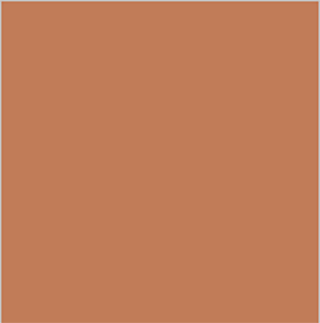
Key Traits: Practical, Determined, Builder
February: Sheer Lilac
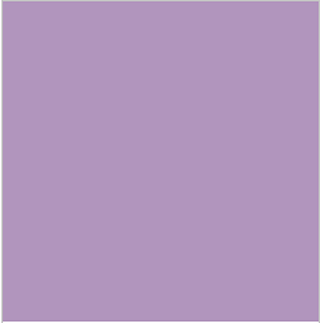
Key Traits: Uplifting, Progressive, Detached.
March: Fair Aqua
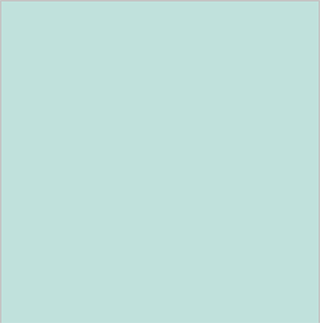
Key Traits: Intuitive, Subtle, Empathetic
April: Cayenne

Key Traits: Fiery, Energetic, Courageous
May: Bud Green
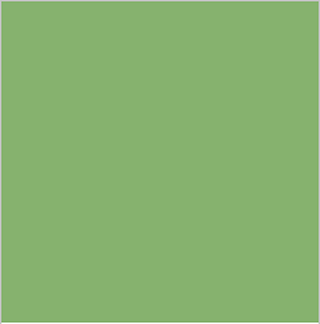
Key Traits: Healing, Rejuvenating, Prosperous
June: Aspen Gold
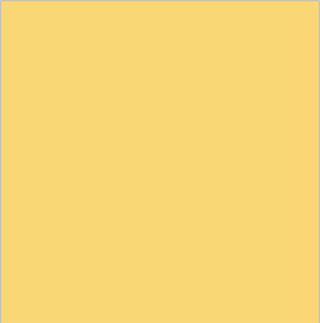
Key Traits: Radiant, Intellectually Energizing, Uplifting
July: Coral Blush
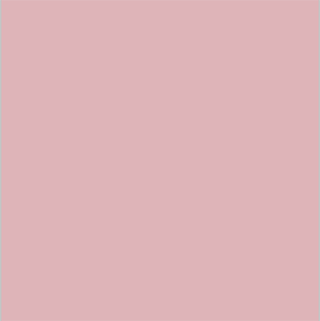
Key Traits: Soothing, Receptive, Nurturing
August: Sun Orange
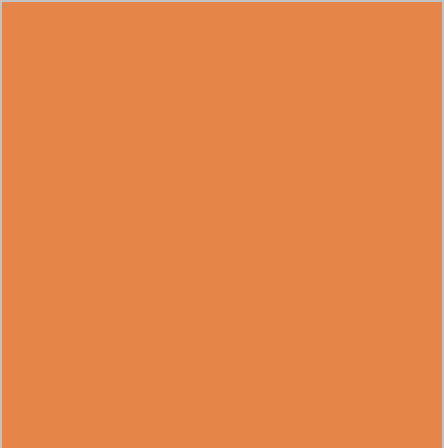
Key Traits: Regal, Inspiring, Powerful
September: Baja Blue
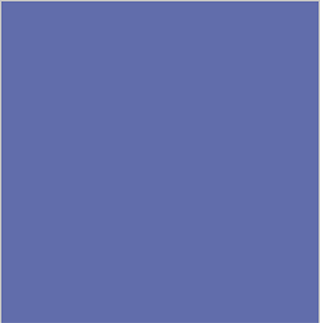
Key Traits: Divine, Discerning, Artistic
October: Cerulean

Key Traits: Peaceful, Poised, Balanced
November: Claret Red
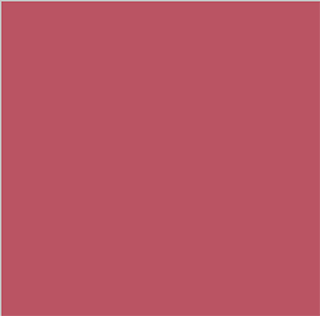
Key Traits: Intense, Passionate, Transforming
December: Pagoda Blue
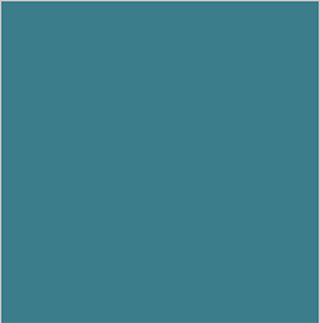
Key Traits: Wisdom, Truth, Vision
FYI: If you're born toward the end of the month, Bernhardt recommends looking at both your birth month's color and the next one to get the full picture of your personality traits. But whatever your natural disposition, "the color of that month helps you balance those qualities," Bernhardt says.
For example, April's color—Cayenne—represents courage, passion, and strength, according to Bernhardt. But if you're either overly courageous or too shy, then Cayenne can balance those qualities out, bringing you to a more neutral position. In other words, just channeling your birth month color by wearing or looking at it will, per Bernhardt's theory, give you what you need that day.
Of course, if the trait you need isn't part of your birth color, no worries—expose yourself to the color that's associated with that quality and you should reap the bennies, too.
"It doesn't have to be dramatic," Bernhardt explains. "You don't have to paint the house. You don't even have to wear the whole color. We're working with subtle energy, so less can be very powerful." Painting your nails and toes or sporting a scarf in that shade should do it.
How can you get the most out of colorstrology?
Bernhardt's color calendar designates a specific hue to every single day of the year (yep, that's 365 shades). If you're interested in knowing your exact birthday color, all it take is a few clicks on Pantone's website to track it down and learn what it says about you.
Speaking of your bday, watch this video on how to make a zodiac-inspired cake. (And yes, you can totally change the cake colors to match your colorstrology results.)
And while knowing your birth color is cool and all, colorstrology can also be used to figure out a bunch of other aspects of your life.
Bernhardt suggests looking up your significant other and/or friends' birthday colors, important anniversaries and dates, as well as just looking at colors you're naturally drawn to see what their hidden meaning may be.
You can also use colorstrology to acknowledge personal growth by looking up what colors you liked as a kid and comparing them to what you're into now. That can give you insight into attributes you valued when you were younger versus what you prioritize now.
Colors can also be used to harness their internal energy. Yellow, for instance, is good at increasing mental dexterity, so you might want to try wearing it whenever you need to communicate, give a speech, or write, Bernhardt says.
"You're calling in the magical side of life" when you know about the power of the color, she adds. Hmmm, sounds like the perfect excuse for a shopping trip...
You Might Also Like

